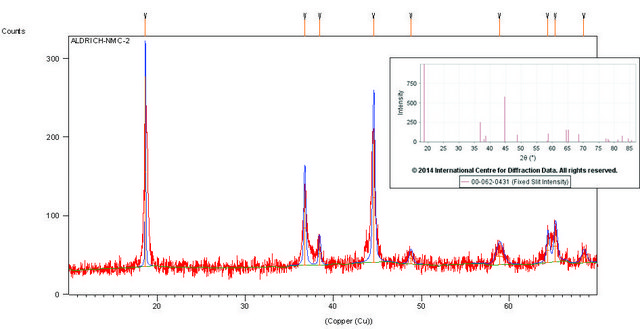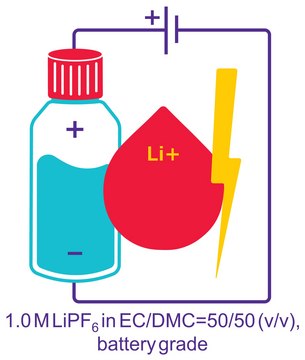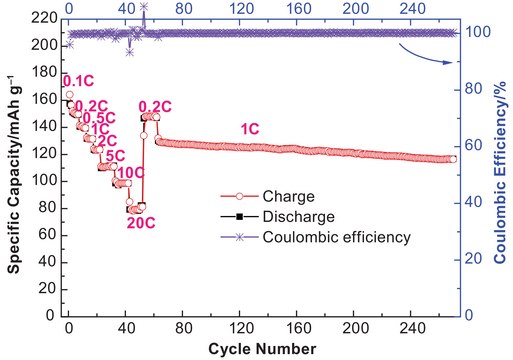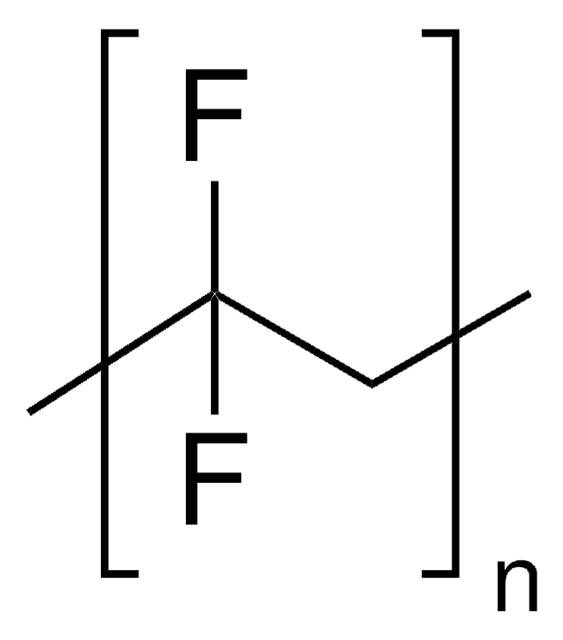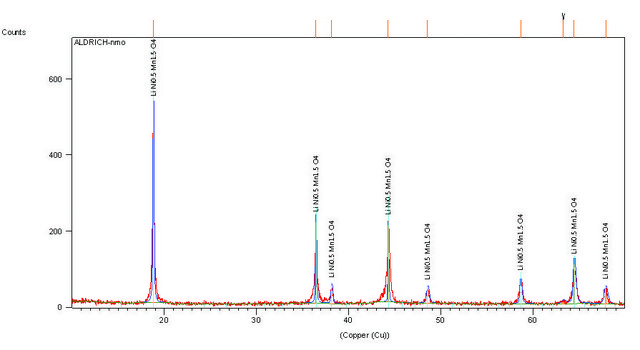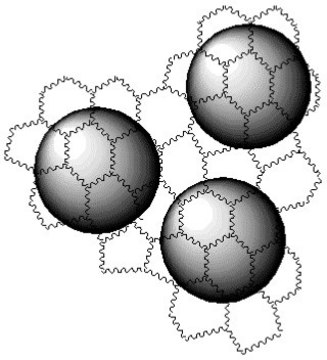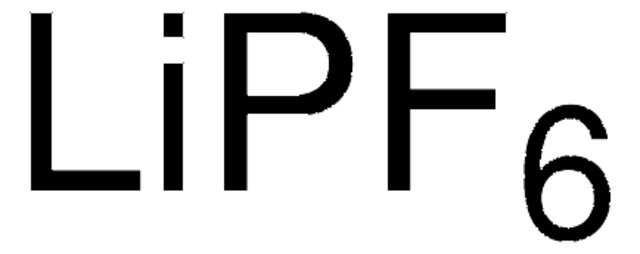推荐产品
物料
aluminum substrate
质量水平
等级
battery grade
描述
Nominal Voltage:3.75 V vs. Li/Li+
表单
sheet
组成
Active material loading 10.0 mg/cm2 ± 5%
环保替代产品特性
Design for Energy Efficiency
Learn more about the Principles of Green Chemistry.
sustainability
Greener Alternative Product
尺寸
5 in. × 10 in.
厚度
16 μm , aluminum current collector
60 μm , excluding current collector
粒径
10-13 μm (active material characteristic)
容量
2.0 mAh/cm2±5 % (Areal capacity)
应用
battery manufacturing
环保替代产品分类
一般描述
NMC811, electrode sheet, aluminum substrate, is a ready-to-use cathode for lithium-ion battery research. NMC811 is a quaternary lithium metal oxide, with the formula LiNi0.8Mn0.1Co0.1O2, and is a state-of-the-art cathode material for lithium-ion batteries that offers high energy density and cycle lifetimes. The composition of our cathode film is 90% active material, 5% PVDF binder, 5% carbon black.
We are committed to bringing you Greener Alternative Products, which adhere to one or more of The 12 Principles of Greener Chemistry. This product has been enhanced for energy efficiency. Click here for more information.
应用
The main application of our NMC811 electrode sheet is as a cathode for next-generation lithium-ion batteries (LIBs). The 811 refers to the ratio of metals in the active material that combine to give the high performance: nickel provides high energy density while the manganese and cobalt help to stabilize the spinel crystal structure to extend the cycle lifetime at moderate-high operating temperatures. NMC811 (LiNi0.8Mn0.1Co0.1O2) is a highly nickel-rich NMC composition that is currently attracting considerable attention as a cathode material because it can deliver a high specific capacity of ~200 mAh g–1 with a high average discharge potential of ~3.75 V vs Li/Li+, resulting in a substantial increase of ~25% in energy density compared to LiCoO2.
相关产品
产品编号
说明
价格
警示用语:
Warning
危险声明
危险分类
Carc. 2 - Skin Sens. 1
储存分类代码
13 - Non Combustible Solids
WGK
WGK 3
闪点(°F)
Not applicable
闪点(°C)
Not applicable
法规信息
新产品
Evolution of Structure and Lithium Dynamics in LiNi0.8Mn0.1Co0.1O2 (NMC811) Cathodes during Electrochemical Cycling
Marker K, et al.
Chemistry of Materials, 31, 2545?2554-2545?2554 (2019)
Peiyu Hou et al.
Small (Weinheim an der Bergstrasse, Germany), 13(45), 1701802-1701802 (2017-10-05)
The urgent prerequisites of high energy-density and superior electrochemical properties have been the main inspiration for the advancement of cathode materials in lithium-ion batteries (LIBs) in the last two decades. Nickel-rich layered transition-metal oxides with large reversible capacity as well
Seong-Min Bak et al.
ACS applied materials & interfaces, 6(24), 22594-22601 (2014-11-25)
Thermal stability of charged LiNixMnyCozO2 (NMC, with x + y + z = 1, x:y:z = 4:3:3 (NMC433), 5:3:2 (NMC532), 6:2:2 (NMC622), and 8:1:1 (NMC811)) cathode materials is systematically studied using combined in situ time-resolved X-ray diffraction and mass spectroscopy
我们的科学家团队拥有各种研究领域经验,包括生命科学、材料科学、化学合成、色谱、分析及许多其他领域.
联系技术服务部门

